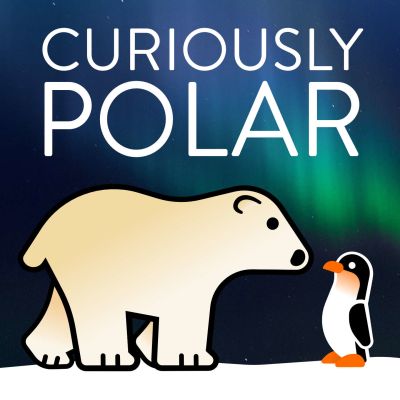The Arctic and the Antarctic are privileged locations for observers interested in understanding how our world is shaped by the forces of nature and the workings of history. These areas have inspired countless humans to undertake epic expeditions of discovery and have witnessed both great triumphs and miserable defeats. As a planetary litmus paper it is at the poles we can detect the effects of natural oscillations and human activities on the global ecosystems.
https://curiouslypolar.com/
034 Fourty-Meter Ferns in Antarctica
Some 280-20 million years ago there were forests in what is now Antarctica. The climate then was hotter than it is today and Antarctica was part of the supercontinent Gondwana, but it Antarctica was already above the Antarctic circle and these plants experienced total darkness for a part of the winter. During 4-5 months they were probably able to reduce their metabolism and hibernate. The Permian mass extinction, supposedly caused by high temperatures, changes in the carbon cycle, increase in atmospheric methane and volcanic eruptions, probably was also the cause of the disappearance of this forest together with 95% of all other terrestrial species and 70% of marine species on the planet.
